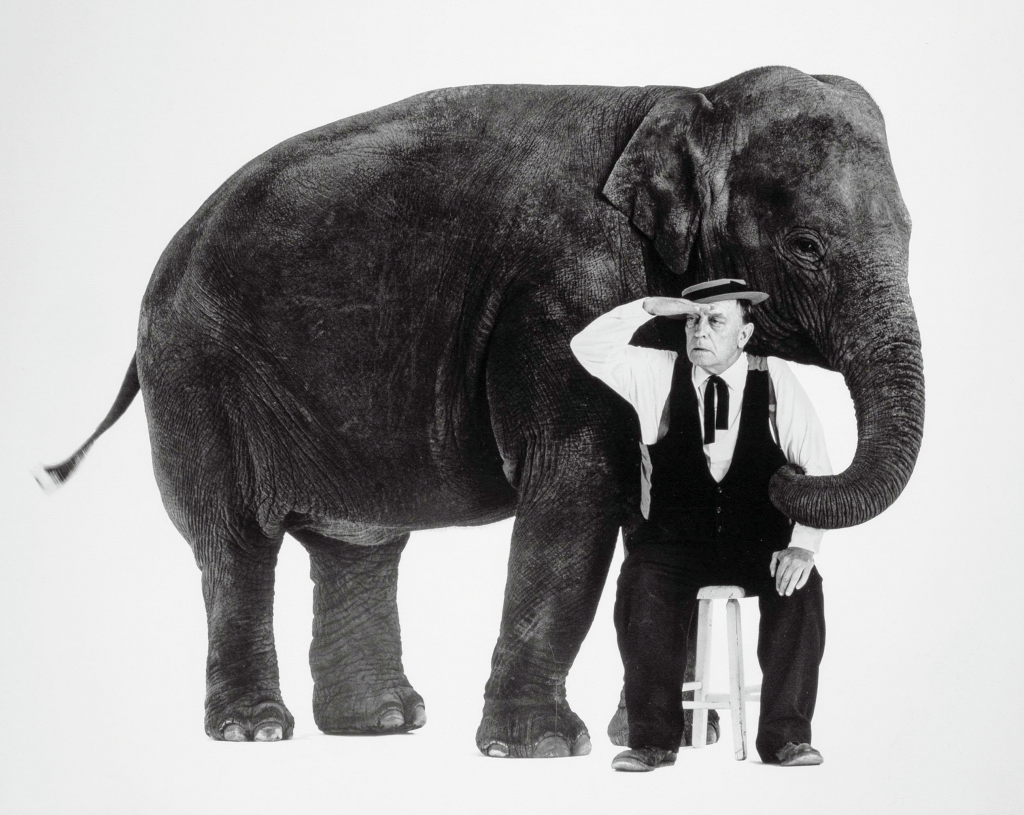
Who?
Unit 19 propose contexts out of which individual trajectories emerge through discussion. We interpret architecture through the lens of the picaresque where, to quote Angela Carter:
“…people have adventures in order to find themselves in places where they can discuss philosophical concepts without distractions…”
The theoretical axis of the unit remains concerned with developing new modalities for near-future architectural design which extend and extrapolate from extant conditions. We believe that to adapt, extend and re-use are ethical, aesthetic and environmental imperatives.
Where?
We will continue our research into Non-Specific Urbanism: proximities, infrastructures, hierarchies, histories. Sites will be chosen by negotiation, with 5th year as usual having the option to pick any conurbation on Earth, whereas 4th years will be geofenced to the UK. Students will pick an existing building or buildings to augment. In terms of programme, 4th years will develop proposals for an event space, for example: immersive theatre, video art, nightclub, circus, gaming, escape room etc. 5th years can choose to take the same focal interest or develop their own in the context set by the unit. The means of production of work are always implicated in its outcomes. The unit this year will make extensive use of Unreal Engine as our primary experimental and representational platform.
What?
This year Unit 19 will focus on alterities: spaces of difference, of otherness. Architecture has long contained a strand of the illusory, from the classical column’s entasis to the routine overscaling found in halls of church or state to the forced perspective exemplified in Borromini’s Palazzo Spada or the trompe l’oeils of Romano’s Palazzo del Te; when married to event, architecture is often particularly disingenuous. We see this propensity globally: the walls of Bhutan’s Doji dzong are curved so as to appear straight to the observer, while an understanding of the use of cognate optical effects are noted in a Song Dynasty treatise from 1103. Since the 19th century, more extravagant opto-kinetic devices have been deployed in theatre. A version of Pepper’s Ghost, a Victorian optical effect, was deployed to bring the Tupac Shakur back to perform with Snoop Dogg at Coachella nine years ago – at the time it was called a hologram – it wasn’t. Then there is the Ames Room, most familiar for its confounding of scale, and in the haptic register the tactile experiments of Marinetti. More recently, projection mapping has been utilised to extraordinary effect in both exterior and interior applications.
Why?
In 1945 Sert, Gideion and Leger wrote a manifesto, 9 Points On Monumentality. An excerpt:
“Mobile elements can constantly vary the aspect of the buildings. These mobile elements, changing positions and casting different shadows when acted upon by wind or machinery, can be the source of new architectural effects. During night hours, colour and forms can be projected on vast surfaces. Such displays could be projected upon buildings for purposes of publicity or propaganda. These buildings would have large plane surfaces planned for this purpose, surfaces which are non-existent today.”
Effects conceived of almost 80 years ago are only now beginning to be realised – within the visual register, we are already at a point where the virtual can be made indistinguishable from the physical, conferring on it the potential to become an architectural device comparable to any of the material/morphological components with which we are familiar: for example, if we shift the notion of the projective surface as tabula rasa away from the conventionally discrete physical presence functioning primarily as a container of narrative, we can then consider new possibilities for developing the character, programme, thematics, even the dimensions of urban space as mutable and responsive. Interventions can and should encompass the sonic, thermodynamic and material: the possibilities for augmented urban environments have barely been touched.
“The only way of discovering the limits of the possible is to venture a little way past them into the impossible.”
– Arthur C. Clarke